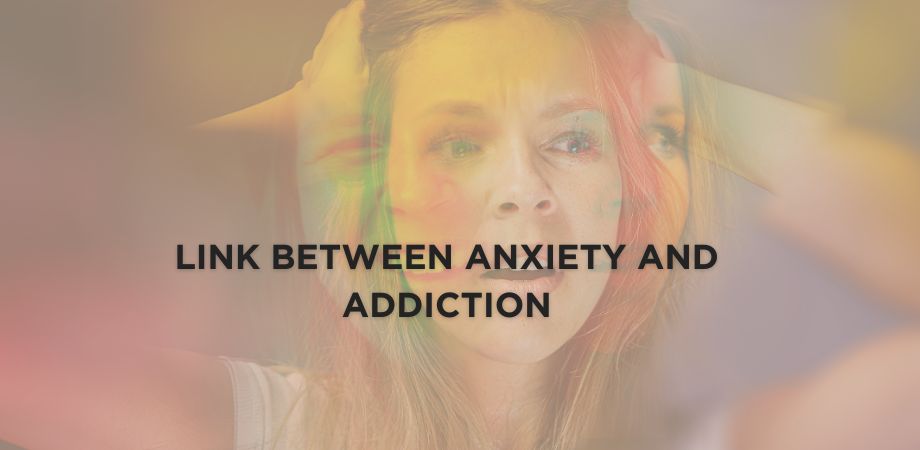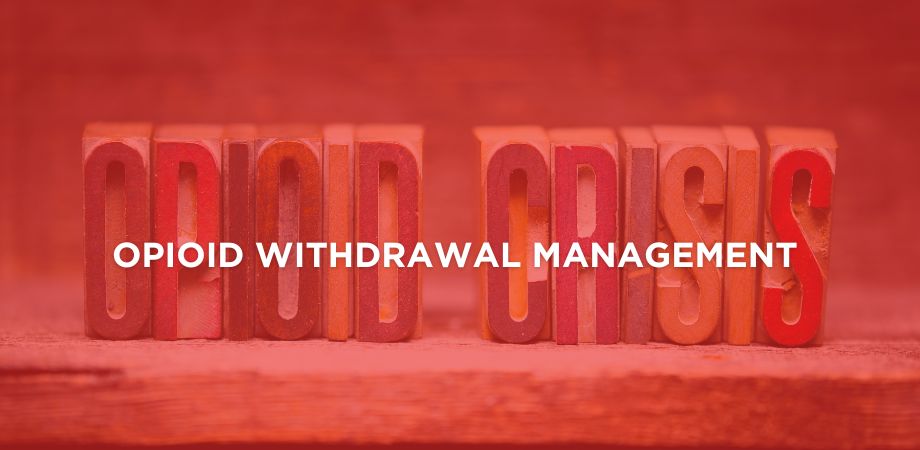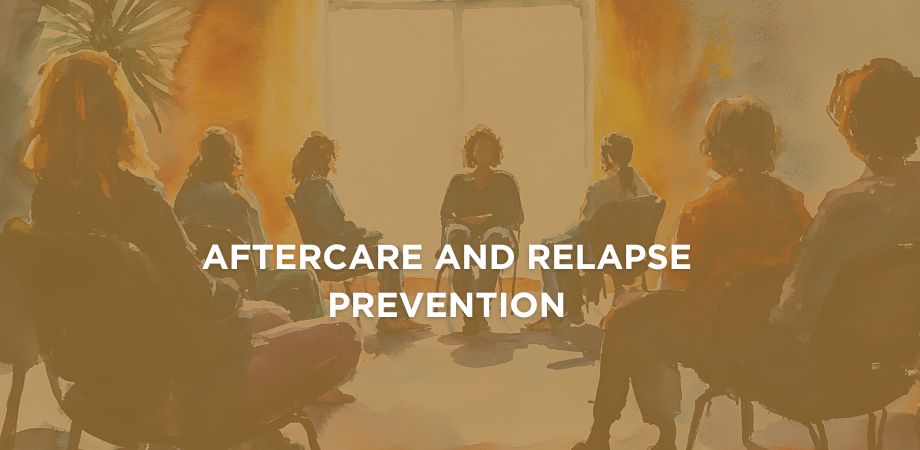Anxiety is an intense emotional feeling that is characterized by a feeling of fear or dread in anticipation of an event or threat. It is a very common mental disorder, affecting 359 million people around the world. People who are suffering from anxiety usually resort to drugs or alcohol to cope with the mental illness. The initial sense of relief eventually takes a dangerous turn into dependence.
Several years of research have shown that anxiety disorders and substance use disorders have a greater chance of co-occuring together. The relationship is rooted in psychological mechanisms to numb intense anxiety alongside shared neurobiological vulnerabilities. Additionally, these substances are usually a desperate or misguided answer to emotional inner turmoil. In fact, approximately 50% to 60% of individuals with anxiety or substance abuse addiction have co-occurring conditions.
Let’s learn more about the co-occuring conditions and how their interconnection can be a major turmoil in an individual’s life.
Self-Medication To Numb Anxiety
Individuals who are experiencing anxiety and constant dread may resort to alcohol or drugs to dampen it. These substances provide temporary or immediate relief, and individuals consider them to be a great way to tackle their anxiety. Cannabis or prescription sedatives are usually sought for immediate tranquilizing effects. This is a functional coping mechanism to survive the day without intense pressure.
The relief is usually short-lived to cease the pain and reinforce the behavior. The coping mechanism is a negative reinforcement behavior, which is strengthened as it removes an unpleasant stimulus of anxiety. As the anxiety returns, the dosage of the drug is increased to achieve the same results. The process impacts the development of long-term coping skills in an individual.
The Onset of Addiction
The initial use of the substance to cope with stress and anxiety slowly develops into a full-blown drug addiction or Substance Use disorder (SUD). The escalation into addiction is driven primarily by increased tolerance to the substance or neurobiological changes due to chronic use.
At the start, a small amount of the substance will provide the desired relief. However, as the brain adapts to the presence of drugs in the system, it’ll build tolerance. Now, individuals have to consume a higher amount of substances to achieve the same effect. This increased amount eventually paves the way for addiction.
Chronic substance use alters the reward and stress circuitry of the brain. The intake of the toxic substances hijacks the brain’s dopamine reward pathway. This teaches the brain that the drug is essential for pleasure and survival. It also alters the brain’s system for regulating stress or mood. If the substance is absent from the body, individuals experience extreme withdrawal symptoms, including increased anxiety, stress, or panic.
Shared Neurobiology and Clinical Impact
The link between anxiety and substance abuse disorder is interlinked in shared vulnerabilities alongside environmental and biological factors. Some individuals have issues in all the conditions due to abnormalities in important brain circuits and neurotransmitter systems.
These disorders influence crucial brain regions, like the prefrontal cortex or amygdala areas, that are involved in regulating stress, fear, and reward. This vulnerability explains why this slowly transitions from self-medication to addiction.
The clinical impact of co-occuring disorders causes more severe symptoms and affects the daily functioning of the individual. Additionally, the relapse rates for co-occuring disorders are considerably higher than for a single disorder.
Consequences of Co-Occurring Conditions
Co-occuring conditions have a devastating impact on the life of an individual. The consequences extend far beyond individual disorders and are quite fatal. Let’s look into some of its effects.
- Physical Health Deterioration: Chronic substance use to cope with anxiety can lead to severe health problems. This may include liver damage, respiratory issues, cardiovascular disease, and weakened immunity.
- Mental Health Decline: The constant flux between anxiety and substance use disorders can create highs and lows, worsening overall mental stability. This leads to the development of other mental problems, especially depression. The constant stress of managing addiction with anxiety can bring suicidal thoughts to the minds of individuals.
- Social and Occupational Breakdown: Co-occuring conditions usually lead to isolation from social life and family responsibilities. Individuals may also have issues with maintaining their grades or work obligations.
- Treatment Complexity: The treatment and diagnosis of comorbid conditions are quite complex and tricky. Clinicians have to determine whether anxiety is an independent disorder that started before SUDs or vice versa. Proper diagnosis is important to design an effective treatment plan.
Treatment for Co-Occurring Conditions
The most effective approach to treat co-occuring conditions is through integrated treatment. In this process, both conditions are treated simultaneously by the same team, ensuring they can control withdrawal symptoms and any other issues.
The key components of the integrated treatment include:
- Psychotherapy: Behavioral therapies are a gold standard for treating co-occuring disorders. These therapies help individuals understand the issues that cause the problem and help devise a path to recovery. Some common behavioral therapies used in the treatment include Cognitive Behavioral Therapy (CBT), Dialectical Behavior Therapy (DBT), Motivational Enhancement Therapy (MET), and Contingency Management (CM).
- Medication: Medication is an important tool used to manage symptoms of anxiety and reduce substance cravings. The medications used for anxiety include antidepressants, like sertraline, escitalopram, or venlafaxine. For substance use disorders, naltrexone and buprenorphine are mostly prescribed to curb dependency and euphoric effects.
- Support Systems: Involvement in support groups and following the 12-step program offers great help in the recovery. It is important to have a good support network to attain lasting recovery from both illnesses.
It is important to treat dual diagnosis to attain lasting recovery. At Alpha Healing Center, we have an expert team of specialists who have over 9 years of experience treating co-occuring conditions and disorders. Get in touch with our team to know more.





